Install Python (Windows, Mac, Linux) – Step-by-Step Guide (2025)
If you’re ready to start coding, your first task is to install Python properly. This complete guide walks you through how to download, set up, and verify Python on Windows, macOS, and Linux — even if you’ve never written a single line of code. Each step is clear, beginner-friendly, and safe to follow.
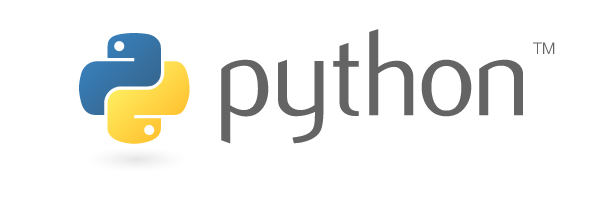
Why You Should Install Python
Python is one of the most flexible and powerful programming languages. With one installation, you can start automating tasks, building web apps, analyzing data, or even experimenting with AI and machine learning. Once you install Python, you unlock tools used by developers, data scientists, and IT engineers worldwide.
Beyond its flexibility, Python is known for its clean and readable syntax, which makes it the perfect first language for beginners. You can build scripts that rename hundreds of files, scrape websites for data, or even generate reports automatically — all with just a few lines of code. Companies like Google, Netflix, and NASA rely on Python every day, proving how versatile it is across industries.
Another reason to install Python is its massive community support. If you ever run into an issue, there’s already a Stack Overflow thread, tutorial, or GitHub repository that can help you fix it quickly. Learning Python today means joining one of the largest and most supportive developer communities on the web.
Install Python on Windows
Follow these steps to install Python on Windows 10 or Windows 11:

- Go to python.org/downloads/windows.
- Click Download Python (latest version).
- Run the installer and check “Add Python to PATH”.
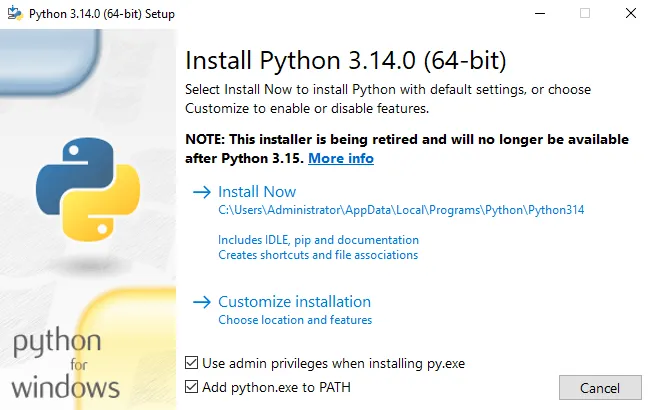
- Click Install Now and wait for it to finish.
- Open Command Prompt and type:
python --version.
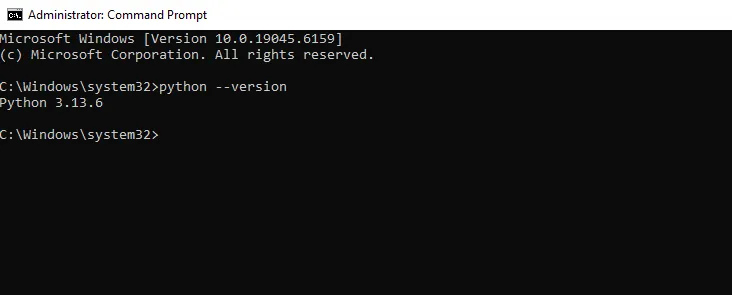
Set Up Python on macOS
macOS includes an old Python version by default, but you’ll want the latest.
- Visit python.org/downloads/mac-osx.
- Download the .pkg installer.
- Run it and follow the on-screen steps.
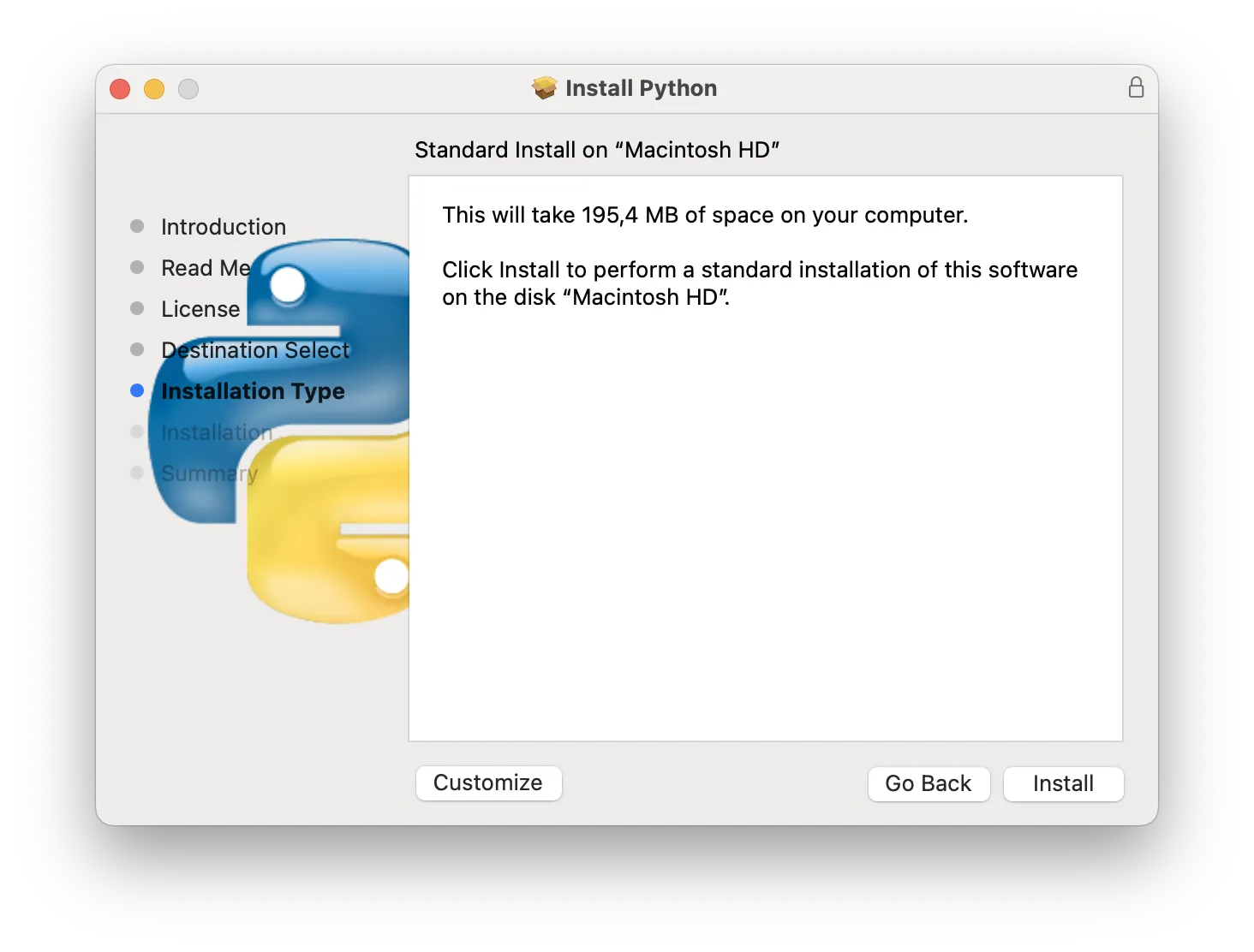
- Open Terminal and type:
python3 --version.
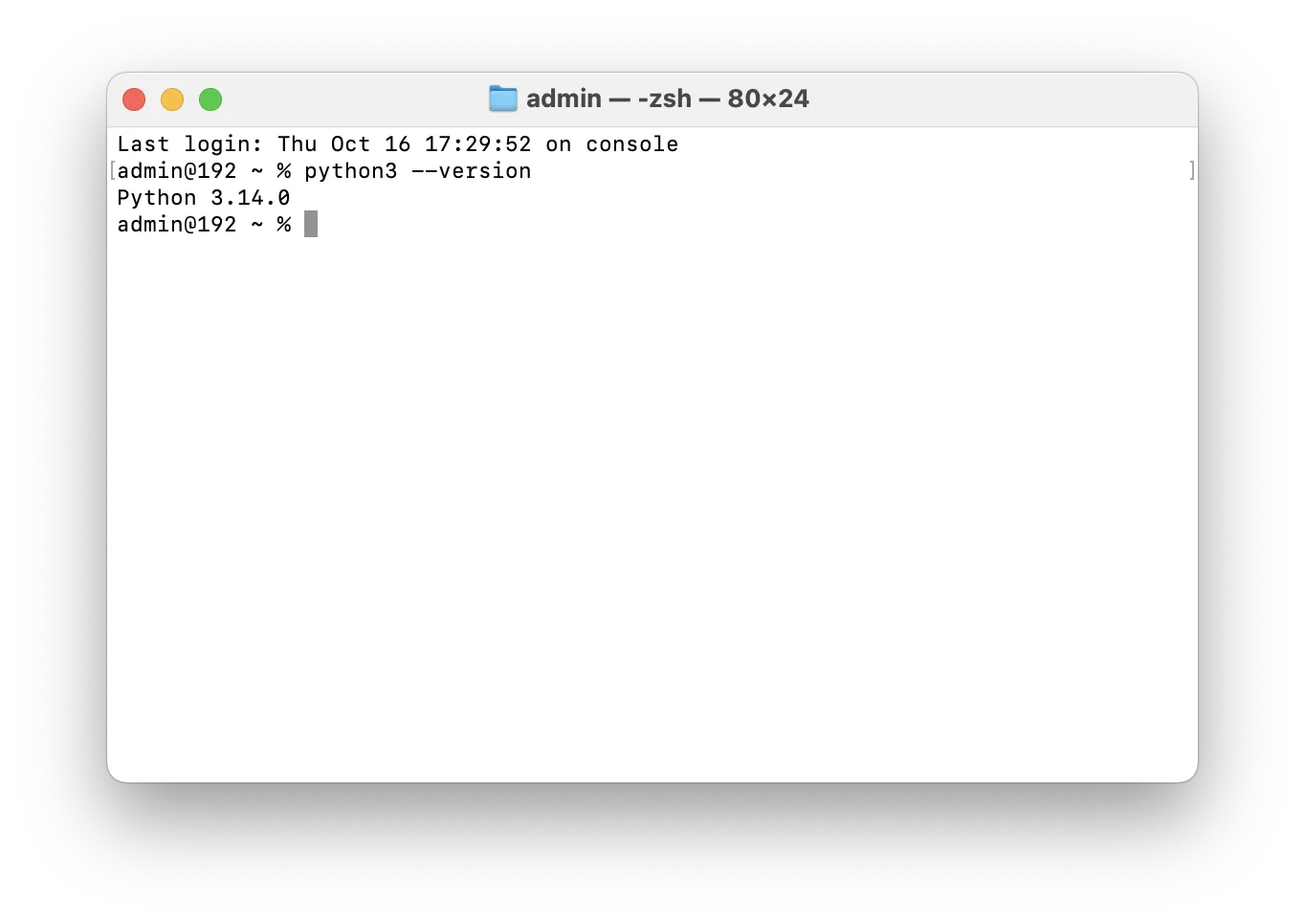
Set Up Python on Linux
Most Linux distributions already include Python. But if not, run:
sudo apt update
sudo apt install python3
python3 --versionLinux users can also use package managers like dnf (Fedora) or pacman (Arch). Once installed, Python 3 will be available system-wide, ready for scripting or server automation.
Install pip and Verify
pip is Python’s package manager. To make sure it’s installed:
python -m ensurepip --upgradeThen test:
pip --versionIf pip isn’t found, reinstall Python and check the box labeled “Install pip.” You can now install libraries like requests or numpy with a single command.
Run Your First Script
Now that you’ve successfully completed the Python installation, create your first file:
- Open a text editor and save a file as
hello.py. - Inside it, write:
print("Hello, Python!") - Run from terminal with
python hello.py(orpython3 hello.pyon macOS/Linux).
Your system can now execute Python code. Explore beginner projects like a Python To-Do App or jump into data analysis using Pandas.
Editor & Environment Tips
A smooth start depends on your tools:
- Editor: VS Code or PyCharm provide linting and debugging out of the box.
- Virtual environments: Keep project deps isolated with
python -m venv .venvthensource .venv/bin/activate(macOS/Linux) or.venv\Scripts\activate(Windows). - Package installs: Use
pip install requestsorpip install pandasto add libraries as needed. - Command line tip: On Windows, type
pythonin PowerShell to open the REPL. On Mac/Linux, usepython3. - Upgrading: When a new version is released, download it from python.org or run
python -m pip install --upgrade pip setuptools. - Useful add-ons: Try
autopep8for automatic formatting andipythonfor an enhanced interactive shell.
Final Thoughts
When you install Python correctly, you open the door to automation, scripting, AI, and web development. Verify pip, set up a virtual environment, and pick a good editor. From there, you can build REST APIs with Django or FastAPI, analyze data in Jupyter, or automate repetitive tasks — all powered by your new Python setup.
The best way to keep improving is to practice daily. Write a few short scripts that automate something you do often — like renaming files or converting PDFs. You’ll quickly see why Python is considered one of the most rewarding programming languages to learn. Ready for the next step? Explore our guide on installing Pandas, NumPy, and Matplotlib to start working with real-world data.
